“The best way to learn is to do; the worst way to teach is to talk.” Paul Halmos
Learning activities are the training methods that enable participants to achieve and to demonstrate their learning. Different learning activities are appropriate for different learning levels.
Participants can:
- gain information [KNOWLEDGE] when they attend a lecture (enhanced for different learning preferences), participate in a discussion, listen to a panel, or read reference materials;
- demonstrate that they understand what they have learned [COMPREHENSION] when they read and discuss a case study, brainstorm answers to a discussion question, respond to a quiz or questionnaire, or complete a writing assignment; and
- put what they have learned to use [APPLICATION] when they play a game, perform a hands on exercise, or participate in a simulation or role play.
Participants can achieve and demonstrate:
- ANALYSIS when they analyze real-life situations or problems [case studies or simulations], sort and reorganize information into categories [hands on exercises or games], or illustrate or outline information [flow charts and diagrams].
- EVALUATION when they critique and assess the work of others against established criteria or standards [by providing feedback on a case study, written assignment, hands on exercise, simulation, or role play].
- CREATION when they plan or design something new [hands on exercises or games], or modify or reconstruct policies or procedures [writing assignments, case studies or simulations].
Many learning activities can be restructured to accomplish several different levels of learning. For example, a case study can be used to accomplish any level of learning, simply by varying its degree of complexity,
Only lecture is passive and limited to accomplishing one level of learning: KNOWLEDGE. And without checking for COMPREHENSION, the amount of learning from a lecture is unknown.
May your learning be sweet.
Deborah





